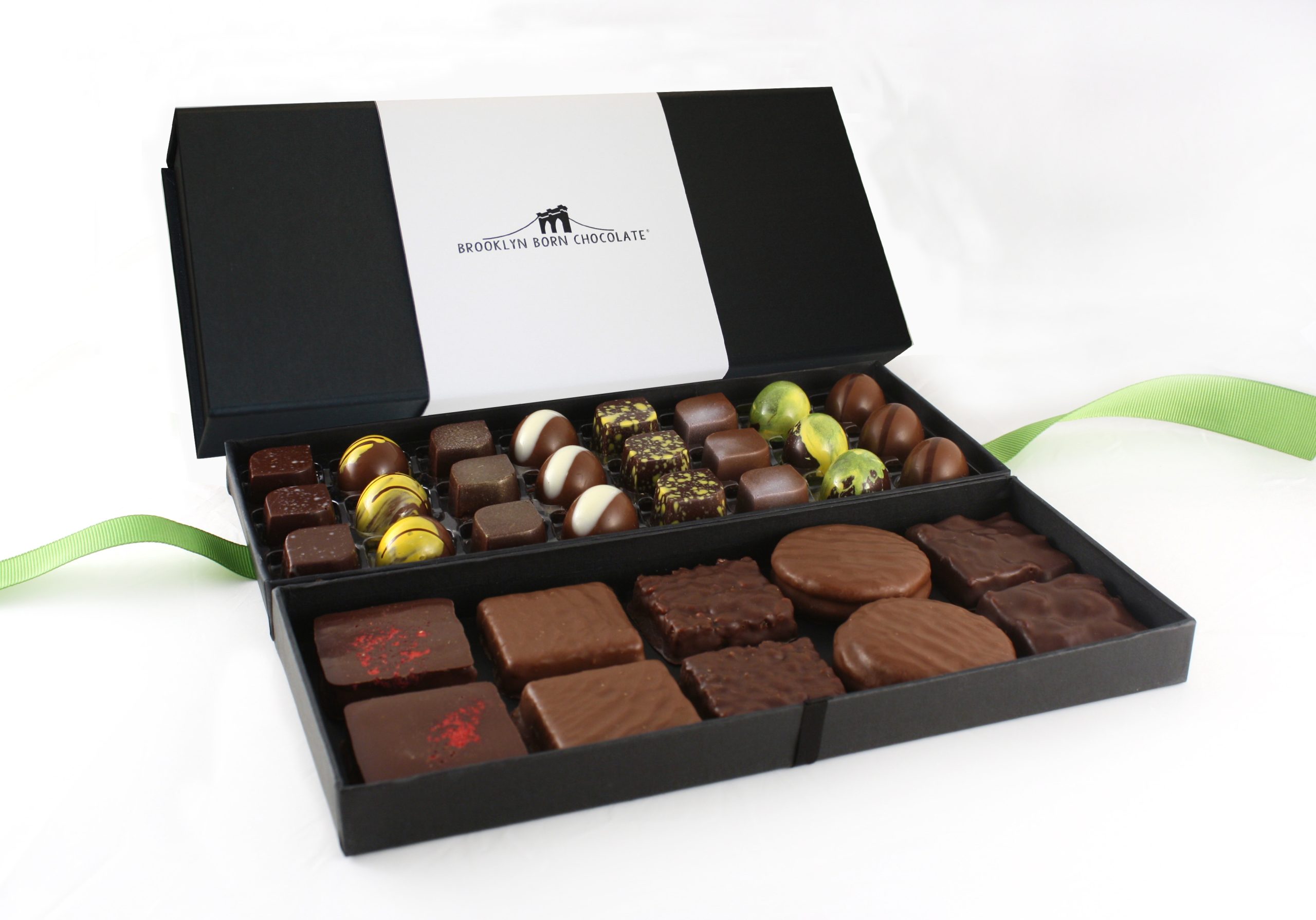
Chocolate bonbons are more than just delightful confections; they are miniature works of art that deserve packaging as exquisite as the treats themselves. The right packaging not only preserves the bonbons’ quality but also enhances their appeal, making them irresistible to consumers. This article delves into the intricacies of chocolate bonbon packaging, covering various aspects from design to materials, and highlighting why this element is crucial in the confectionery industry.
Importance of Packaging in the Confectionery Industry
In the competitive world of confections, packaging plays a pivotal role in differentiating products. For chocolate bonbons, packaging is not just about containment; it’s about creating a sensory experience. Well-designed packaging can evoke emotions, convey luxury, and communicate the brand’s story. It also serves practical purposes, such as protecting the bonbons from environmental factors and ensuring they reach consumers in perfect condition.
Key Elements of Effective Chocolate Bonbon Packaging
1. Aesthetic Appeal
The first impression is often the lasting one. Eye-catching designs, elegant typography, and high-quality printing can make a significant difference. The visual appeal of the packaging should reflect the quality and sophistication of the bonbons inside. Colors, patterns, and finishes like matte, gloss, or metallic can all contribute to a luxurious feel.
2. Material Selection
Choosing the right materials is crucial for both presentation and preservation. Common materials include cardboard, paper, plastic, and metal. Cardboard and paper are popular for their eco-friendliness and versatility. Plastic, although less sustainable, offers excellent protection against moisture and air. Metal tins can add a touch of elegance and are often reused by consumers, providing a secondary advertising benefit.
3. Protection and Preservation
Chocolate is sensitive to temperature, humidity, and light. Packaging must protect bonbons from these elements to maintain their flavor and texture. This often involves using food-grade liners, airtight seals, and sometimes even insulated packaging for temperature control. Proper packaging ensures that the bonbons remain fresh and delicious until they are consumed.
4. Convenience and Functionality
Packaging should be easy to open and close, providing convenience for consumers. Resealable options are particularly popular as they help maintain freshness. Additionally, the packaging should be designed to minimize damage to the bonbons during transport and handling.
5. Branding and Information
Effective packaging communicates the brand’s identity and values. This includes the logo, brand colors, and tagline. It should also provide essential information such as ingredients, nutritional facts, expiration date, and any relevant certifications (e.g., organic, fair trade).
If you want to know more about ” custom milk cartons ” visit TopUSAPackaging
Sustainable Packaging Solutions
With growing environmental awareness, sustainable packaging has become a significant trend. Consumers are increasingly favoring brands that demonstrate a commitment to reducing their environmental footprint. Sustainable options for chocolate bonbon packaging include:
- Recycled Materials: Using recycled paper or cardboard can significantly reduce environmental impact.
- Biodegradable and Compostable Packaging: Materials like biodegradable plastics or compostable paper can break down more easily after disposal.
- Minimalist Packaging: Reducing the amount of packaging used, without compromising protection and appeal, can help decrease waste.
Customization and Personalization
Customization adds a unique touch to chocolate bonbon packaging. Personalized packaging for special occasions such as weddings, corporate events, or holidays can enhance the gifting experience. Custom designs, messages, and even individual wrapping for each bonbon can make the product feel extra special.
Technological Innovations in Packaging
Advancements in technology are continuously shaping the packaging industry. Some innovative approaches include:
- Smart Packaging: Incorporating QR codes or NFC technology can provide consumers with information about the product, its origins, and even pairing suggestions.
- Edible Packaging: Although still in its early stages, edible packaging offers a novel way to reduce waste while providing a unique consumer experience.
- Interactive Packaging: Augmented reality (AR) can be used to create interactive experiences, allowing consumers to engage with the brand in exciting new ways.
Case Studies: Successful Chocolate Bonbon Packaging
1. Lindt
Lindt’s packaging for its chocolate bonbons exudes luxury and sophistication. Their use of gold accents, elegant fonts, and high-quality materials not only protects the chocolates but also reinforces their premium brand image.
2. Godiva
Godiva’s bonbon packaging is known for its classic and timeless design. Their use of sturdy boxes with intricate designs and a signature color palette ensures that their chocolates are instantly recognizable and highly desirable.
3. Ferrero Rocher
Ferrero Rocher’s clear plastic boxes allow the chocolates to be the star of the show. The simplicity of the packaging, combined with the elegant gold foil wrapping of each bonbon, creates a sense of indulgence and opulence.
Conclusion
Chocolate bonbon packaging is a critical aspect of the confectionery business that blends art, science, and technology. From ensuring product protection and maintaining freshness to enhancing visual appeal and conveying brand identity, effective packaging can significantly influence consumer perception and purchasing decisions. As trends shift towards sustainability and technological integration, the future of chocolate bonbon packaging promises to be as innovative and delightful as the bonbons themselves.



